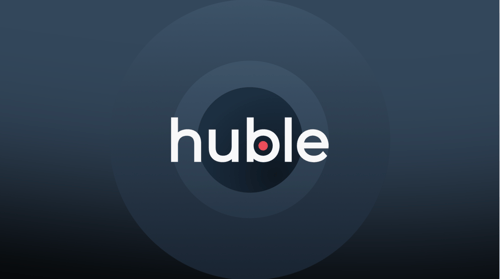Creating a website has never been easier. Open-source content management systems like WordPress and Joomla have enabled anyone – regardless of skill – to create a website, while integrated content management platforms like HubSpot allow businesses to seamlessly connect their website with their marketing and sales activity.
Most of these platforms are easy to use and possess powerful features and functionalities that allow businesses to develop truly amazing websites.
And yet, despite having these platforms, many businesses still struggle to create a website in a reasonable timeframe… let alone a lead-generating one… but why?
Why are so many businesses struggling to build lead-generating websites?
The issue is that many businesses take a traditional approach to website design and redesign. They enlist the services of a website design/development agency (paying a large sum upfront to cover the cost of the build with no guarantee the new website will deliver) and spend a considerable amount of time (usually 6-12 months) ‘perfecting’ it.
Throughout this process, it’s all hands on deck. All staff members are involved in the website build – meaning many business activities grind to a halt – and everyone wants to voice their opinion. The end result is that instead of putting pages live as quickly as possible to streamline the website build and capture important data to inform further page creation, the build is delayed at every juncture as teams disagree on how each web page should function.
Between six months and a year later, the website finally goes live. At this point, a business will have spent a considerable amount of money and has nothing to show for it. The website might look great, sure, but in the time that it has been designed – or redesigned – business activities have slowed, no leads have been generated and parts of the website simply do not meet business goals.
As the website hasn’t been developed based on any actionable data, there’s no guarantee that it will even attract or convert website visitors. And even if these businesses want to redesign their website, the website design/development agency has already collected their fees and fulfilled their contractual obligations – any new work on the website would cost another lump sum. As a result, the website isn’t updated for another year or two and begins to stagnate until someone complains that the website isn’t working well and can’t be found on search engines.
There is, however, a faster and easier way for businesses to build a lead-generating website. It’s called Growth-Driven Design.
What is Growth-Driven Design?
Growth-Driven Design (GDD) is an iterative website development process. Instead of recreating a website entirely (and spending a ridiculous amount of time and money doing so) businesses instead focus on their highest-value pages (HVPs), the pages that drive the most website traffic and lead-generation activity. If redesigning a website, businesses just need to check their website analytics to identify their top web pages. If designing from scratch, the teams within the business need to come together to agree on what the most valuable pages are in terms of lead generation and go live with those.
Using their HVP pages, businesses build a minimum viable product (MVP) website – a high-impact, strategically effective website that is built on data, the business’ target audience and planning. Consider it a barebones framework that puts a business in the best position possible to generate leads while the development of the website is going on.
As these pages are created and published to the website, businesses set up analytics to track web page performance and how pages are being interacted with. This information will then be used to inform what pages are created next and what kind of design is used.
This is effectively phase one of the website build. Following this, new pages are then agreed, optimised for search and added on a quarterly basis to bolster the website. Businesses leverage analytics once again to see how those pages are performing and use that information to make data-driven decisions on the next set of pages.
It’s a cyclical process that ensures websites are built to their strengths and can deliver business results as quickly as possible – it’s a faster and easier way to build a lead-generating website.
Using GDD, businesses can build a lead-generating website in just 13 weeks. So, rather than spending 6-12 months developing a website with no guarantee of it working, opt to build a high-impact, prospect-orientated website by leveraging the best web pages and monitoring the performance of them to inform future design.
It's a smarter way to approach website design and development.









-3.png?width=500&height=320&name=Matt%20-%20imagery%20bank%20(8)-3.png)

